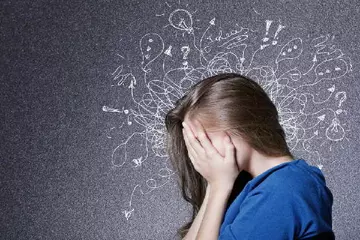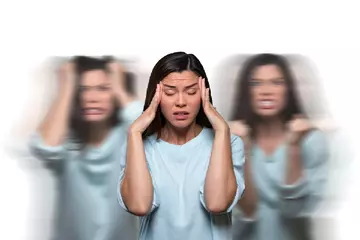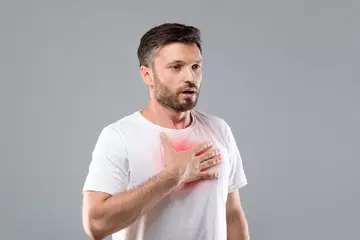What is a Brain Aneurysm?
A brain aneurysm is defined as a condition in which there is a bulging or balloon-like appearance in the weakened region on the walls of arteries in the brain. Arteries are tubes that carry blood from the heart to other body parts. An aneurysm can occur at any place within the brain, especially in areas where the blood vessels divide. The bleb or blister containing blood can rupture and result in bleeding. A ruptured aneurysm has a serious impact on health and may result in death. As per an estimate, about 3% of the population in the world suffers from this condition and around 76,500 to 204,100 new cases of ruptured aneurysms, also called as subarachnoid haemorrhage, are reported every year in India.
In the Indian population, brain aneurysm or a cerebral aneurysm is generally seen in people from 35 years to 60 years of age.
What are its main signs and symptoms?
Symptoms of an unruptured aneurysm are experienced when they are large and press against the nearby nerves or tissues in the brain. Symptoms seen are:
- Double vision or loss of vision.
- Pain in the eyes.
- Headache.
- Facial pain.
- Weakness.
- Numbness.
- Problems with speaking or concentrating.
- Loss of balance.
In most of the situations, you will not experience any symptoms until an aneurysm has ruptured. At times, a small amount of blood leaks through an unruptured aneurysm and causes a headache.
Symptoms that occur in ruptured aneurysm are:
- A severe headache.
- Stiffness in the neck.
- Nausea and vomiting.
- Sensitivity to light.
- Loss of consciousness.
- Confusion.
- Seizure.
- Paralysis of one side of the body.
What are the main causes?
The weakening of the region in the arterial wall is due to the lack or loss of the muscular layer. The cause is not yet clear. According to a recent study done by the University of Sussex and the University of Seattle, genetic mutations in the PDGFRB gene is responsible for some forms of brain aneurysms. PDGFRB mutations are also responsible for various developmental disorders in humans.
Factors that can put you at risk are:
- Age over 40 years.
- A family history of a brain aneurysm.
- Smoking.
- High blood pressure.
- Presence of weakened arterial walls since birth.
- Kidney disease, with the presence of multiple cysts.
- Congenital heart disease.
- Drug abuse.
- Injury to the brain.
- Infection of the walls of the artery.
How is it diagnosed and treated?
Unruptured brain aneurysms do not usually show any apparent symptoms.
The first symptom you feel after a rupture is a sudden and unbearable headache for which the doctor will take a medical history and perform a physical examination. In order to determine the presence of an unruptured aneurysm and the leakage of blood in the brain, imaging tests like MRI and CT, respectively, are done by your doctor. In those with symptoms of a ruptured aneurysm but negative results on a CT scan, a lumbar puncture (where a sample of cerebrospinal fluid is collected and examined for blood) is done. Digital subtraction angiography (DSA) is also done to detect problems with blood vessels.
Treatment varies depending upon the size, location, symptoms and severity of the aneurysm. Medications may not be necessary for every person. About 25 % aneurysm patients die within a day of a stroke or within the first six months of treatment, as per the National Institute of Neurological Disorders and Stroke, UK. In India, 40 % aneurysms lead to death. If the risk of rupture is low, the individual is carefully monitored by regular check-ups. Lifestyle modifications like quitting cigarette smoking or treatment of high blood pressure are advised to minimise chances of rupture. Medications are usually recommended for an unruptured bleb.
Surgery helps in the prevention of rupture and treatment of ruptured aneurysms. Surgical treatment involves placing a spring-like mesh in the aneurysm to prevent its rupture (endovascular coiling) or to use heat energy and remove the aneurysm altogether and reconnect the surrounding blood vessels. Flow diverters are sometimes used to reduce the blood flow to the aneurysm site and reduce its size.
Recently, specific anticancer medications have been found to be effective in reducing the size of aneurysms caused due to PDGFRB mutations. Furthermore, researchers at Stanford University have developed an AI-based system that used HeadXNet, a deep learning system to diagnose aneurysms even before rupture. Though both the abovementioned modalities are still in the research phase, they hold great promise for the early detection of the condition and prevention of aneurysm related mortality.

 OTC Medicines for Brain Aneurysm
OTC Medicines for Brain Aneurysm















